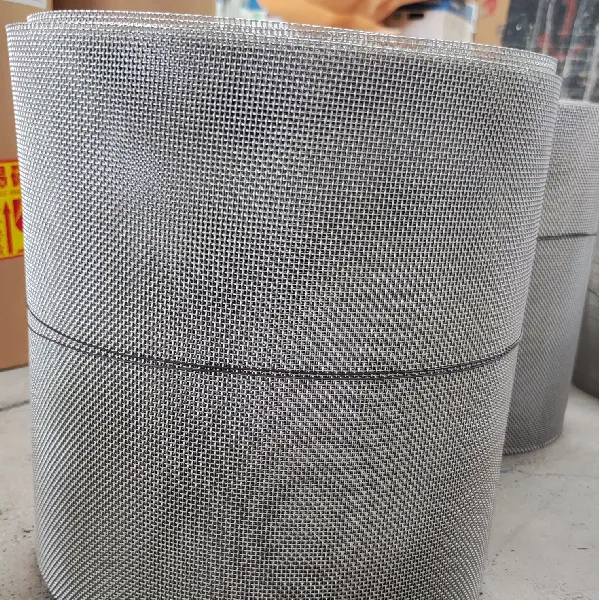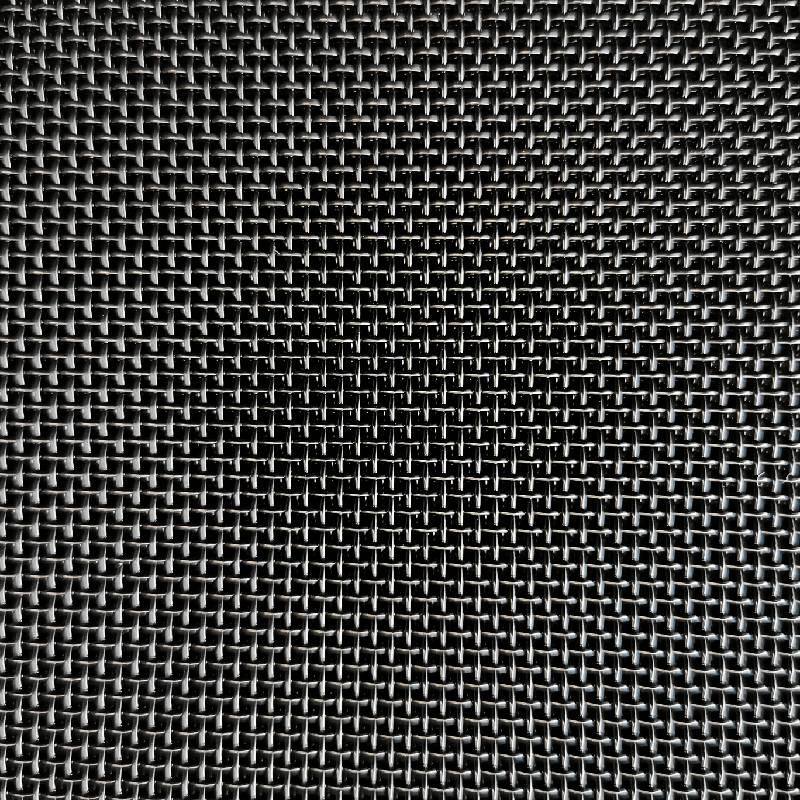Mesh perforated materials, a versatile component cherished across various industries, have been silently revolutionizing sectors ranging from architecture to industrial design. This article unfolds the uniqueness of mesh perforated materials, delivering insights that resonate with impact and utility, crucial for successful integration within your projects.

Imagine a simple sheet of material enhanced with strategic voids. This is not just a product but a masterpiece of engineering—mesh perforated materials. The precision in crafting these voids transforms the material, bestowing it with properties that can be tailored to meet specific functional requirements. The perforation process, executed using advanced machinery, ensures an optimal blend of aesthetics and utility, leading to products that are not only visually appealing but also functionally superior.
In architecture, mesh perforated materials stand as an epitome of modern design and functionality. These materials allow architects to play with light and shadow, creating facades that change appearances with the shifting daylight, enhancing the dynamism of architectural spaces. Furthermore, their utility extends to regulating temperature within buildings. By permitting controlled airflow, they assist in reducing dependency on artificial heating and cooling systems, embodying an environmentally conscious design element.

When considering the acoustical properties of materials, the structured voids within mesh perforated sheets serve a remarkable purpose. These materials can absorb sound waves, reducing noise pollution significantly. In environments such as auditoriums, theaters, or even busy office spaces, mesh perforated panels become indispensable. They not only contribute to a quieter atmosphere but can be integrated seamlessly without compromising the visual integrity of the space.
Industrially, mesh perforated sheets are pivotal. Their lightweight nature, combined with strength, make them ideal for manufacturing components that require durable, yet non-bulky, solutions. In the automotive industry, for instance, these materials contribute to building lighter vehicles, enhancing fuel efficiency without sacrificing safety. Moreover, in the realm of filtration, mesh perforated materials play a critical role. With precision-engineered holes, they serve as filters in food processing, water treatment, and chemical production, ensuring purity and consistency in the final product.
mesh perforated
From an economic perspective, the versatility of mesh perforated materials translates to cost-effectiveness. Companies can minimize waste during production due to the precision of perforation technologies. Additionally, the customization possibilities mean less material is used for multiple functions, often replacing the need for multiple components. This not only reduces material costs but also simplifies installation and maintenance, leading to long-term savings.
Let's delve into case studies that highlight real-world applications. A striking example is the use of mesh perforated panels in public transit systems. In stations crowded with commuters, these panels strategically divide spaces, guide foot traffic, and enhance safety. Yet, their role extends beyond separation. Acting as surfaces that deflect sound and circulation barriers that improve air quality, they amplify commuter experience. Furthermore, their design allows for creative expression, with transit authorities using perforated art installations to enrich the aesthetic appeal of otherwise utilitarian environments.
In educational environments, mesh perforated solutions contribute significantly to better learning spaces. By implementing these materials within classrooms or lecture halls, natural light is optimally used, minimizing glare and providing a comfortable learning atmosphere. Moreover, the acoustic benefits ensure that lectures and discussions are audible without external distractions, fostering an effective learning environment.
The healthcare sector, too, reaps the benefits of using mesh perforated components. In facilities where hygiene and air quality are paramount, these materials support ventilation systems, act as anti-bacterial surfaces, and contribute to creating soothing, quiet environments for patient recovery. Their adaptability to custom specifications ensures they meet the stringent requirements of healthcare infrastructure seamlessly.
In summary, mesh perforated materials embody a synergy of design and functionality. For professionals across industries—be it architects, engineers, or designers—their incorporation sets a benchmark for innovative, efficient, and sustainable applications. Understanding their unique properties and potential uses enhances decision-making, encouraging practices that honor both aesthetic desires and practical necessities. As industries evolve, the role of mesh perforated materials will undoubtedly expand, cementing their place as a cornerstone component in any sector that values efficiency, design, and sustainability.
























